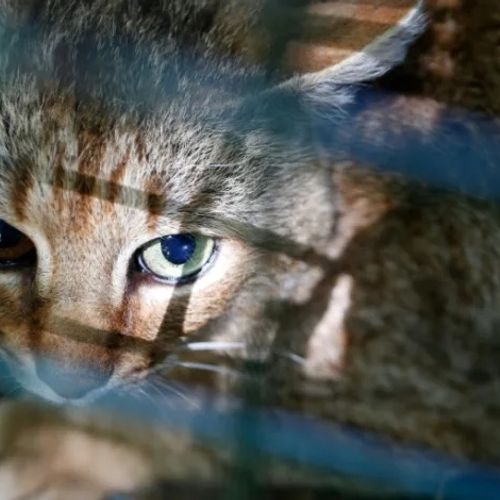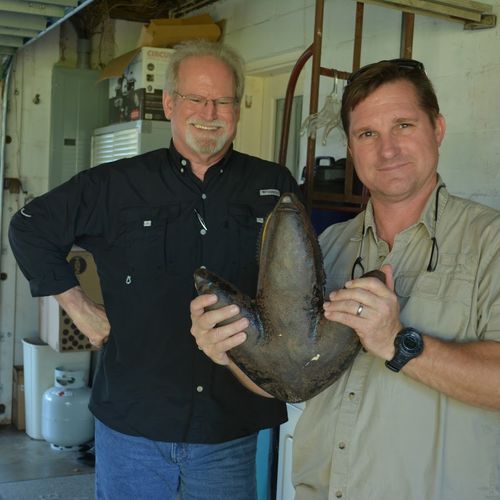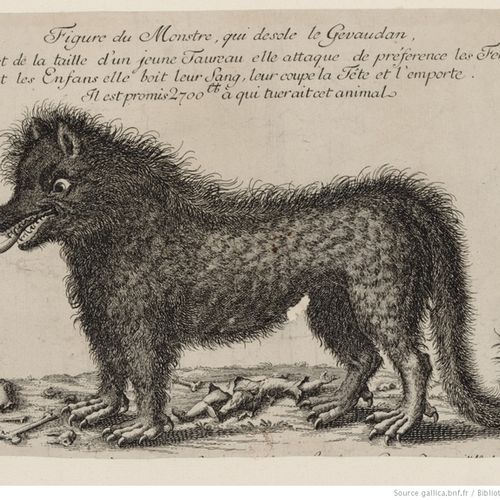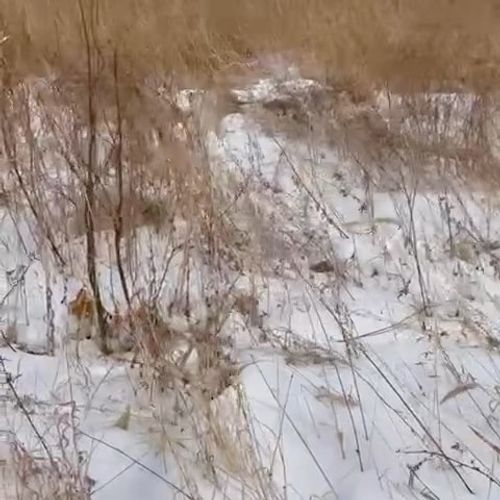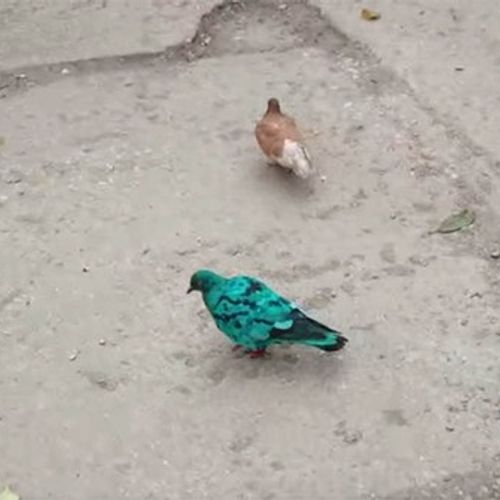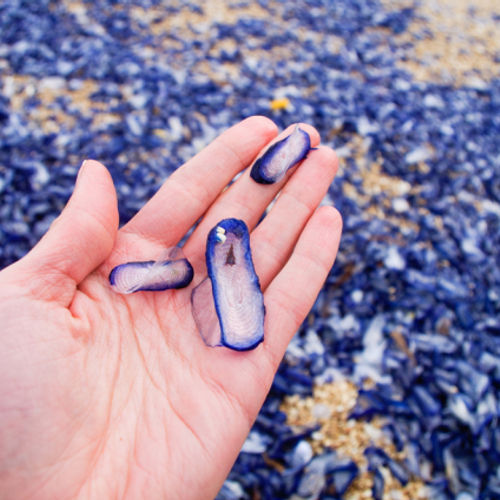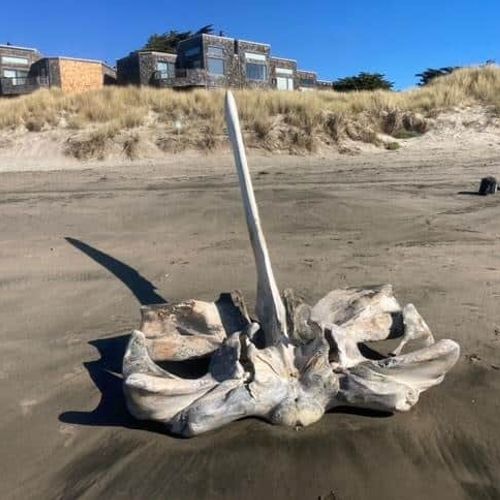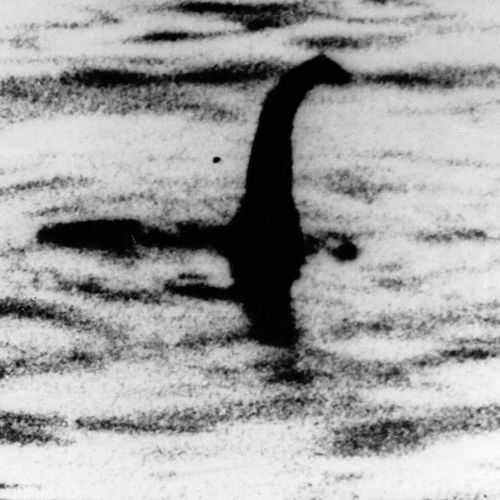
| Added | Sat, 30/10/2021 |
| Источники | Станислав СКУРЫДИН «Областная газета» 22.02.2002 г.
|
| Дата публикации | Fri, 22/02/2002
|
| Феномены | |
| Версии |
On the territory of the Sverdlovsk, Chelyabinsk regions, Khanty-Mansi Autonomous Okrug, legends about the relict animal have been preserved. The Mansi called him yalpyn uy, the Russians called him poloz, and the Mari called him shem kishke. This animal possessed features that may seem to us, representatives of modern society, only the inventions of a sick imagination. Meanwhile, the facts say that it existed. Or maybe it still exists today…
Last summer, while collecting information about the culture of the Mari people of the Sverdlovsk region, I happened to hear information about an interesting animal – shem gut, "black snake". It was told by Gennady Petrov from the village of Artemeykovo in the Achit district.
The snake, as the name implies, is black in color. The length of the shem gut is "about 2 meters", the thickness is "much larger than that of an ordinary snake". She lives in the forest, near reservoirs - rivers and lakes. It spends the night on a tree, after which traces of appendages on the snake's body are found on it. They help the snake to fix its position in such an unusual place. This location is explained by the desire of the shem gut to protect itself from its own offspring, which is so voracious that it can eat its parent.
Meeting with shem kishke in the forest - to trouble. Moreover, the snake could attack and kill. But to find the skin discarded in the form of a stocking in the gut is good.
In the tales of the Mari people there are stories about a "huge, thick as a log" snake that lies in a deep hole. She possesses secret knowledge, is the queen of the earth and sometimes helps a person.
It would seem that there is nothing interesting. The next folk "horror stories". If not for the numerous "buts".
The Mansi researcher Valery Chernetsov has descriptions of such a snake, which he recorded in the thirties of the XX century from Mansi hunters who saw it. The yalpyn uy snake - the "sacred beast" - resembles a red-brown lizard with a zigzag pattern. Yalpyn uy is up to 15 meters long, as thick as an arm and thicker. Lives in and near water. Yalpyn uy does not sleep on the ground, but only on a tree. After her sleepovers, there are traces of scales on it. You can hear this snake in the spring. The sounds made by the animal are similar to the cry of a duck or the dripping of water: "Nech, nech." He lives on the Ob, in the upper reaches of the Sosva, in the area of Rus-suya and Niltang-paul. There were so many such reptiles that the dead snakes were stored "in Niltang-paula in three barrels, and in Trinity yurts - in seven barrels." Nevertheless, the Mansi believed that yalpyn uy did not die, but turned into an ammonite stone. A huge snake attacks and kills hunters and their dogs. Such cases are not isolated…
According to other researchers of the 80s of the last century, a creature 6 meters long lives in Lake Turvat. A representative of the local fauna lives in a pit. On clear, sunny days, it floats to the surface of the lake and then "shines like silver."
Turvat is the sacred lake of Mansi, and next to the lake there is a prayer mountain Yalpyn-ner. In June, the Voguls held their pagan services there, asking the sacred animal to protect their land.
Researchers of Mansi religion I.N.Gemuev and A.M.Sagalaev write that in the deep-water lake Yalpyn-tur (Khanty-Mansi Autonomous District) in the mid-40s of the last (XX) century, Mansi saw Yalpyn uya. However, he is credited with the image of a crocodile, then a huge pike.
200 km from Ivdel on the Lozva River lives Mansi, who keep the legends that once there lived in the river a snake-like man-eater with horns. And to this day in those places Mansi worship Hulhuring-oika, "An old man like a fish", the owner of local people, fish, beast…
In 1886, the philistine Ivan Sheshin from the village of Nikita-Ivdelsky (now Ivdel) in his notes "About the nomadic tribe of Voguls in the north of Verkhotursky district" wrote: "They have such sacred places along the rivers (Mansi – Auth.), through which they never go in boats, they will not even touch the bottom with a pole, but they bypass these places by the shore, dragging boats on themselves."
Is it because the mansi did not touch the bottom with the pole that they were afraid of the formidable yalpyn uya, and swimming in its habitats was fraught with death for a person?
At the end of his notes, Sheshin mentions a mammoth tooth and "snake fossils" that he keeps. The author did not specify what kind of snake it is. If these remains belong to Yalpyn uy, it can be assumed that such a snake lived in the Mansi Urals for a long time.
For example, another people of the forest civilization – the Nanai people - have legends about the Dyabdyan, a creature similar to a boa constrictor.
The Russian population of the Trans-Urals is also known for a huge snake, which they called a skid. And archival materials have been preserved about this.
In the archive of the Sverdlovsk region, the author got into the hands of K.Oshurkov's report to the Ural Society of Natural Science Lovers (UOLE) dated February 19, 1927, from which it is worth quoting some excerpts: "Even when I was at the Yekaterinburg gymnasium, we, little high school students, always listened attentively to the stories about the past and present of the Urals of our respected teacher Onisim Egorovich Kler (chairman of the UOLE – Auth.), who also told about the existence of large snakes in the Ural forests, which the local population calls "runners" and in the presence of which he, Claire, does not doubt, because together with the zoologist Sabaneyev, he received confirming data about it…
In the 60s or 70s, a certain Lebedinsky, driving a troika somewhere in the Northern Urals, saw a huge snake crossing the road. The troika stopped and began to back away. Lebedinsky returned to the neighboring Vogul village and asked the Voguls to start chasing the snake together with him. The Voguls refused. Apparently, the snake was considered sacred among them. After much questioning, Lebedinsky, however, managed to find out the location of the snake, and he killed it by shooting a shot in the head. The specimen turned out to be up to 8 fathoms (16 m – Auth.) long and thick with a good log. The skin of this runner was allegedly sent to England by Lebedinsky…
Approximately in the 90s, it was reported to the Clerk that a huge skid appeared in the southeastern district of Yekaterinburg County. The clerk went to the address and it turned out that 2 women had seen the snake. Moreover, one of them, being pregnant, ran into a branch in the forest during her flight and soon died of a premature miscarriage… Hunters left the city to the area of the snake's location. The snake was not found and camped near the village of Bobrovka, 28 km from the city. And so, during peaceful hunting conversations and a meal, a whistling hiss was heard and the hunters saw the white head of a runner raised above the pines from the edge of the spruce tree, which apparently decided to get acquainted with the hunters himself.
Evil tongues said that from the unexpected appearance of the Ural boa constrictor, one of the hunters crawled under the cart out of fear, another, remembering that snakes do not like horse sweat, put on a yoke, and the third, although he remained in place, but his mood was greatly spoiled by the bear disease that happened to him ...The runner, turning away from the camp, left, leaving a trail characteristic of large snakes on the crumpled grass and conifers from abdominal scales...
Matvey Boyarsky, a peasant of the Beloyarsk volost of the Boyark village, saw the same trace on the dew on the arable land early in the morning. The trail zigzagged down from the arable lands into the Pyshma River.
In almost any Ural village and even a factory, you can get some information about the "skid" and "runners" ... There is an opinion that a meeting with a skid is dangerous. The runner rushes swiftly at the person and hits, as they say, with a "trunk", obviously with a tail.
A young telegraph operator at the Bychkov postal station told me the story he had heard about the death of a worker from a skid. It was like this: 2 factory workers came to Strada for their mowing, located in a remote place in the mountains of the Urals. One stayed to unhitch the horse, and the other went for some reason up the mountain, into the forest. Suddenly a desperate cry was heard, and the peasant who remained by the horse saw a comrade running down the mountain, followed by a ball rolled up by a wheel, which soon caught up with the runner. He fell. The lump, turning around, turned out to be a large snake that quickly crawled away into the thicket of the forest. The fallen worker turned out to be dead. Whether he died from a blow from the tail of a skid or just from a heart break, it is not established… By the way, according to local residents, it is possible to escape from the skid only by running away in a non-direct direction…
Peasants of the village of Martianova in Kungursky district, 2 versts from the village near the road, for several years saw a small "polozka" with a thickness of a shaft and a length of 1.5 fathoms. He didn't touch anyone and lived near the pit. After that, the peasants filled up the pit with brushwood and lit it. No one saw the "polozka" anymore.
There is a belief among the Uralians - beware of killing a runner. As if another runner would find and kill the killer!..
An interesting case of observation of a skid was reported by the telegraph operator Bychkov I mentioned. His uncle once accidentally saw how the "runner" swallowed a grouse. According to him, the grouse itself flew up to the skid lying with its head raised.
Perhaps the day is not far off when the still disputed "colubertrabalis" (translated from Latin) will be made available to specialists for study. "a huge, log-like snake"), so the famous scientist Pallas, who visited the Urals, called the Ural boa constrictor.
In one Ural steppe village Pallas found hanging in a peasant's hut a skin or a crawl of a huge snake specimen. The owner of the skin, despite Pallas' request, did not sell it to him.
Oshurkov also writes that in 1925 the workers of the Nizhneisetsky plant tried to catch a large golden-colored snake with a large spot on its forehead with nets. The snake jumped over the net and went to the Uktus on the Patrushikha River.
No less interesting is another archival document - a letter to the same society from N.F. Kuznetsov, assistant forester of the Kasli Forestry, dated April 12, 1927: "... Pavel Ivanovich Sviridov, a 60-year-old worker of the Kasli plant, while searching for minerals in the Kasli dacha, at the end of August 1926 in the Buldym swamp tract on a clear sunny day noticed a snake of unusual size, which was located on a rocky hill."
As Sviridov tells, he was horrified by this meeting and hurried to leave the place. The size of this snake is 6 arshins in length (4 m - Auth.) and 3 vershka in thickness near the head (13.3 cm - Auth.). By color, Sviridov could not determine exactly whether it was gray or black…
In the article "The Great Runner" Boris Kazakov writes that in 1889 the merchant Ushakov in his essay tells about a light gray snake with yellow spots on its belly and sides, which was seen more than once, including swimming across the Iset River three versts from the village of Bobrovsky, with a hare in its mouth. Which certainly speaks to the strength of this animal. Its length was up to 6.5 m .
There is a mention that in 1869, in the Tver province, the landowner Kishensky killed a snake whose length was 177 cm. Its back was gray, its belly yellowish-white. The width of the snake's body is 3 fingers. This is not the only mention of the existence of large reptiles in the European part of Russia.
According to K.G.Kolyasnikova, at the beginning of the XX century, unusual snakes were found in the forests near the village of Selivanovshchyna in the Darovsky district of the Kirov region, the cubs of which took refuge in trees. It can be assumed that they could be water snakes, which, as is known, can climb trees. But, according to eyewitnesses, these creatures were large in size compared to "ordinary" snakes. I would like to note that before the arrival of the Vyatich Slavs in the ninth century on the territory of the modern Kirov region, these lands were inhabited by Mari, whose folklore, as mentioned above, preserved the memory of Shem kishka.
There is a very "fresh" fact in Kazakov's article: in the summer of 1961, not far from Lake Bolshoe Miassovo, a resident of the village of Urazbaevo saw a snake whose "head is big, like a catfish. The body is about the size of a thick log, gray, it will be about three meters."
Some will find it all funny, others - old and long gone. Maybe it is. Although there is evidence that in the summer of 2001, a large black snake with unusual spots on its body was seen in the vicinity of Tavda.
Whether or not there was a giant skid is a moot point. Moreover, there is no material evidence of this. And science loves facts that you can touch or see.
Of course, the question can be solved like this: there is no evidence – there is no problem. And then, as never before, the words from K.M. Oshurkov's report become relevant: "The Academy of Sciences did not believe Claire and Sabaneev about the presence of large snakes in the Ural forests, and thus, until now, no one has dared, without risking losing their reputation, to raise the question of the existence of a skid in the Urals ...". Well, and if you have the courage and compare all the above facts? At the same time, take into account that the informants are not related to each other. Then it turns out…
Who are you, yalpyn uy? Fictions of frightened hunters? Fears of drunken peasants? Or an animal that survived despite natural disasters?
Новости со схожими феноменами
Новости со схожими версиями
Log in or register to post comments


